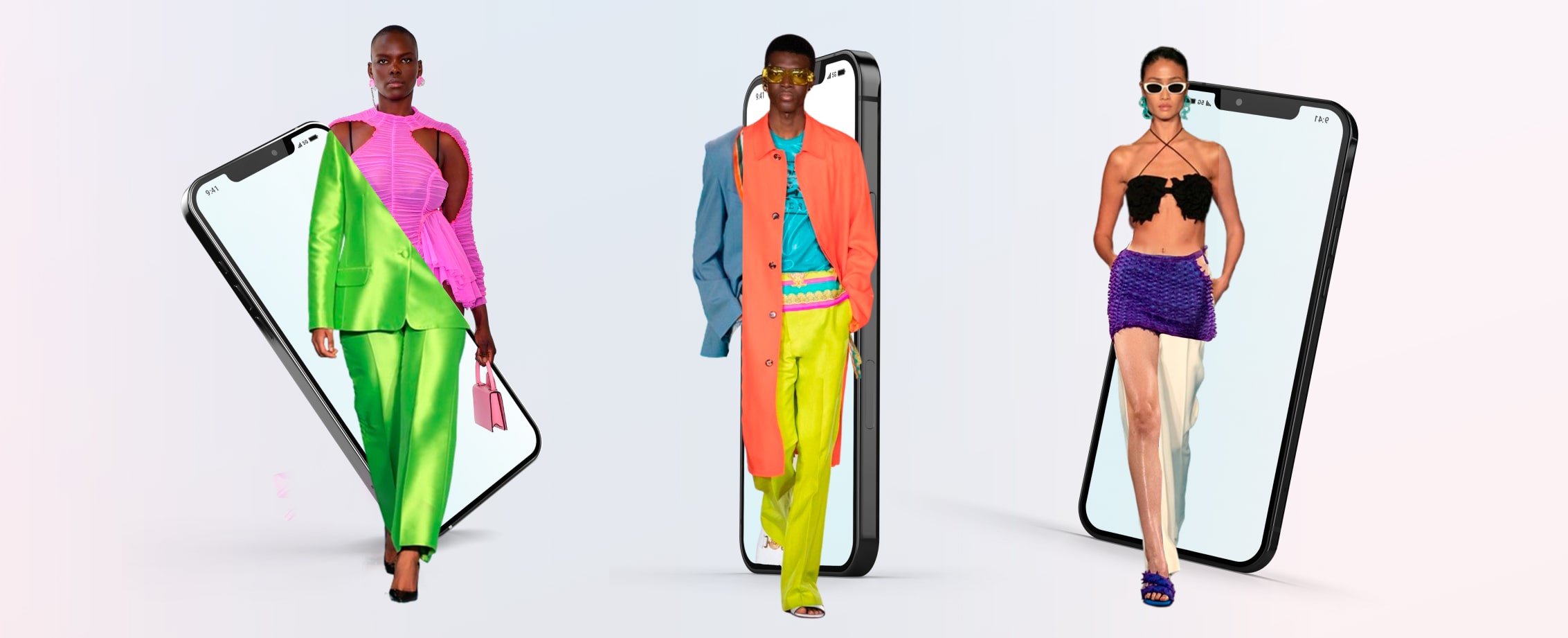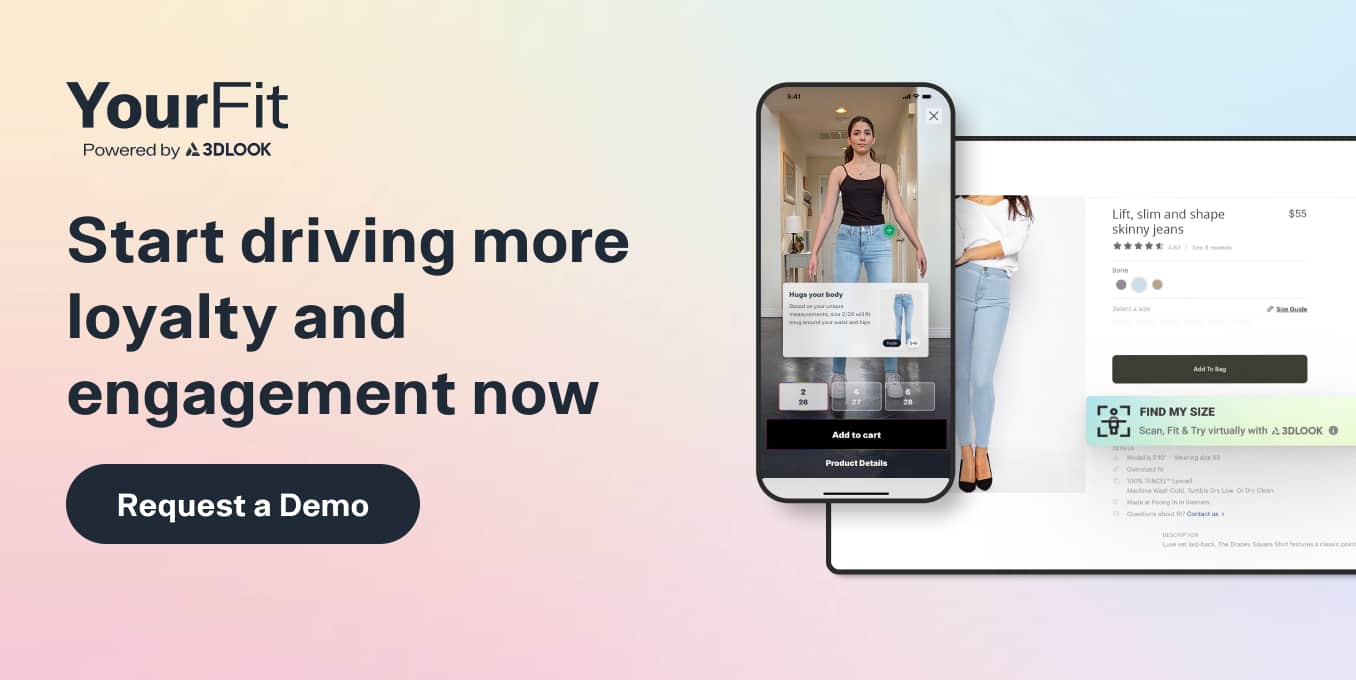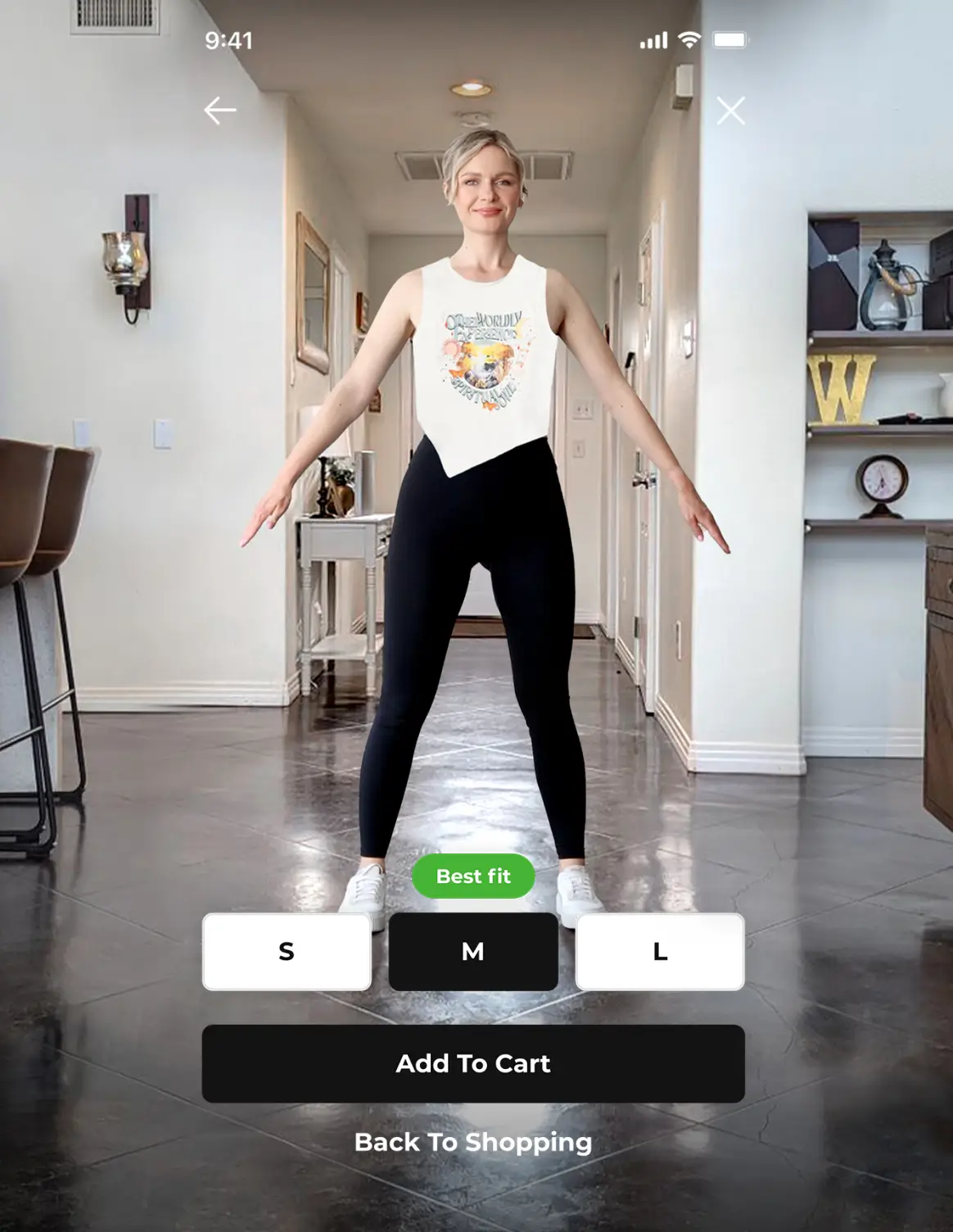Having experienced a surge in e-commerce fashion sales, tech-savvy consumers now perceive digital solutions not as a luxury, but as an expected standard.
Retail fashion is in the midst of a makeover. As the world’s largest market, fashion e-commerce reached $905.62 billion in 2024, with estimates suggesting a rise of $1,103.1 billion by the end of 2027, according to Statista.
However, this growth won’t be fueled by fast fashion as today’s consumers care more and more about the industry’s environmental impact, according to the UBS report. In fact, some 35% of female shoppers intend to buy fewer, but better quality garments in the future.
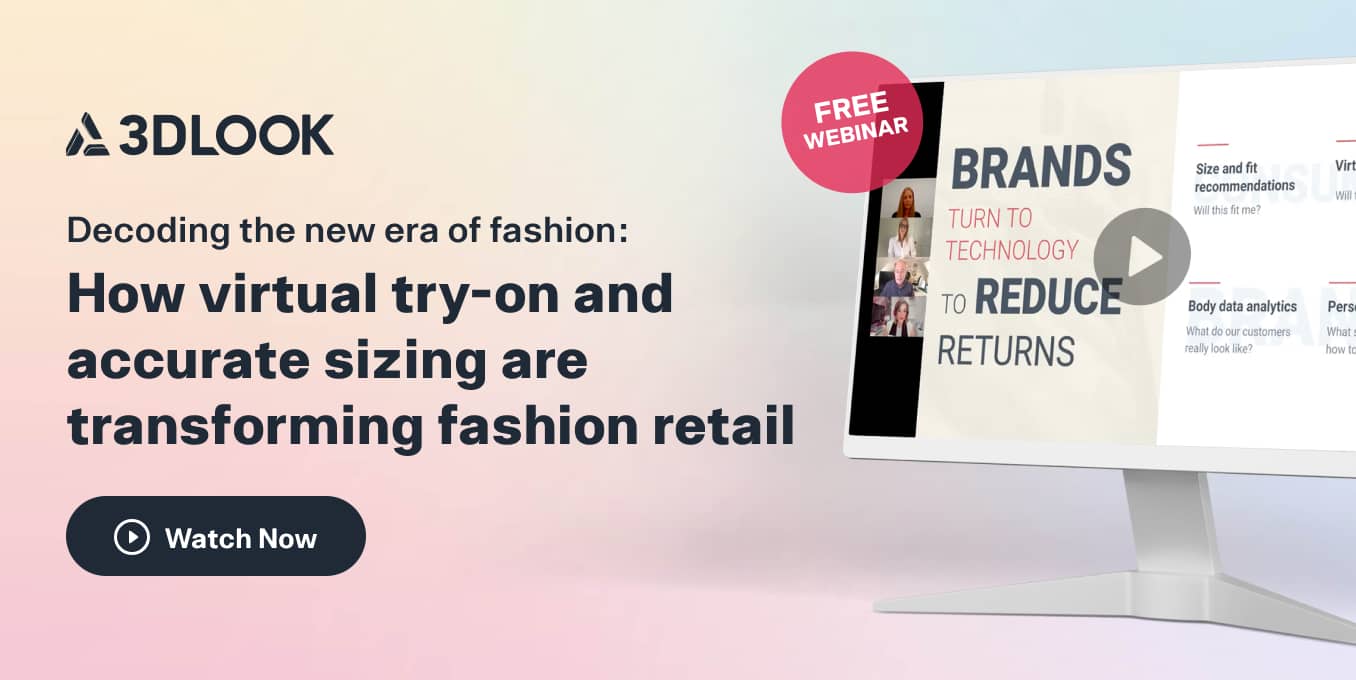
With consumer demands changing, the store of the future will look vastly different from what we are used to. Customers will think twice about the products they purchase, and vast inventories of stock on the shop floor will make way for new, tech-driven experiences with augmented reality (AR) technology at the forefront.
According to Statista, the AR market is set to reach $ 198bn by 2025, up from just $ 3.5bn in 2017. Combined with 3D body scanning, AR technology will unlock innovations such as virtual try-on technology, predicted by 3D Insights to reinvent the fashion retail experience.
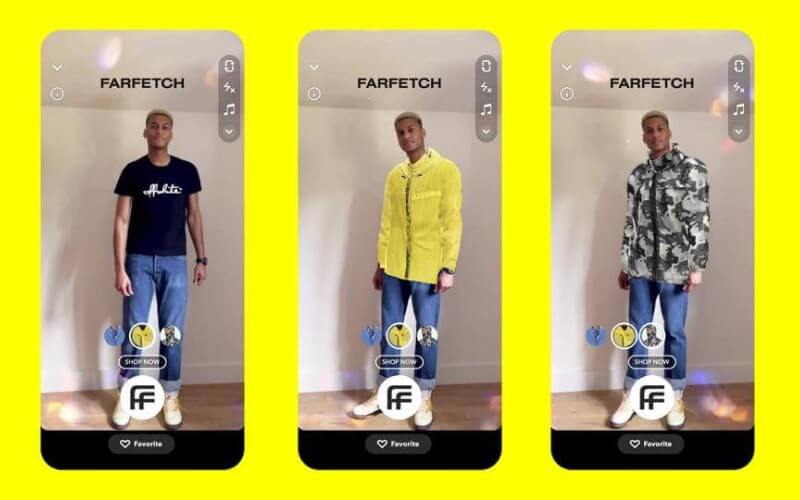
3D virtual fitting technology: Unlocking the virtual fitting room
Also known as virtual fitting technology, this enables consumers to try on garments for size, fit, and style without physically wearing the product. As a camera-equipped device captures the customer, underlying AR technology maps a realistic virtual representation of the product over their real-world image to show how the product would look on the customer’s body.
Through ‘magic mirrors’ dotted around the shop floor and inside fitting rooms, underlying virtual try-on software enables customers to try on clothes virtually without getting undressed. Vendors offer smart mirror technology that enables customers to change clothes, colors, and patterns effortlessly and instantly.
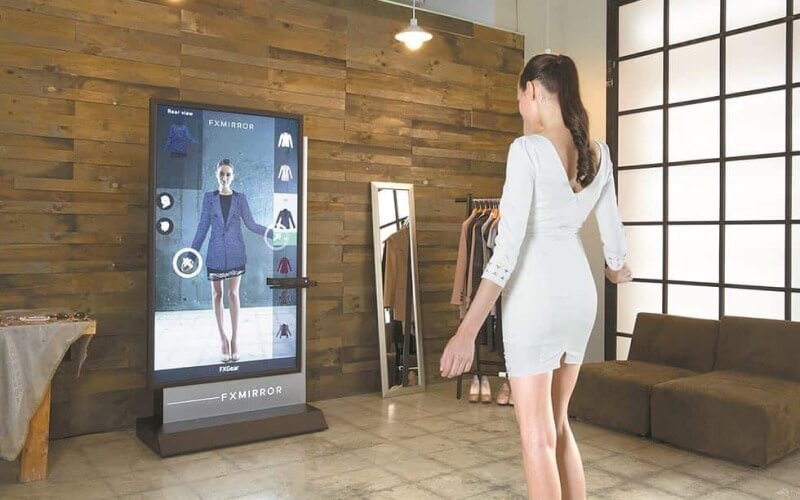
What exactly does ‘try on clothes virtually’ entail for customers?
Shoppers browse through an online catalog and select garments they are interested in trying on. Each garment’s digital twin is rendered in 3D and superimposed onto the user’s avatar.
The system simulates the fit of the garment on the avatar, taking into account fabric properties and fit preferences. Users can see how the clothes would look from different angles. After finalizing their selections, shoppers can proceed to checkout with confidence, having a better understanding of how the clothes will fit and look on them.
All in all, virtual try-on software is a realistic simulation of how clothes would look on a person’s body, speeding up the decision-making process.
Improving the ecommerce experience with virtual try-on technology
However, virtual try-on technology won’t only be deployed in stores. Consumers now view advanced, digital solutions as a given rather than a luxury, and will expect to be able to try clothes online through a virtual fitting room for ecommerce, no matter where they are.
Using a camera-equipped device, 3D virtual fitting technology is already providing this experience. Amazon-owned startup Body Labs, for instance, has developed a ‘blended reality system’ that allows consumers to visualize themselves wearing virtual clothing in a virtual setting, such as a beach or gala event.
Likewise, 3DLOOK’s YourFit solution, the first and only integrated virtual clothes fitting app that combines AR clothing try on with size and fit recommendations. The 2-in-1 solution is unique in its ability to produce an output that not only looks realistic in the resulting snapshots but also faithfully reproduces the measurements of the shopper, unlike other solutions that roughly overlay a photo of a garment over the shopper’s photo. Brands have the option of offering the complete capabilities of the solution or incorporating stand-alone try-on or size and fit recommendations. Additionally, fashion shoppers try on clothes virtually from anywhere they want and reduce the likelihood of returns due to poor fit.
YourFit is the first solution on the market to completely remove any uncertainties around shopping for clothes online. Pioneering brands using the solution have seen up to 48% decrease in return rates.
Request a DemoThe benefits of a virtual dressing room for fashion businesses
By empowering customers to make more informed purchasing decisions, virtual try-on technology can alleviate many of the challenges faced by the fashion industry today: struggles with fit, sky-high returns, and the resulting impact on our environment.
Increased Conversions
Implementing an AR try-on solution could help brands to achieve their conversion goals. conversion rates increase by 65% when products are supported by virtual try-on software. It’s no wonder — not only can customers address concerns over size, fit, and look, but they also have the freedom to explore options, make customizations, and try on a wider range of garments in less time, leading to greater conversion and higher spending.
To discover more about the tools and technologies driving sales in fashion ecommerce, download 3DLOOK’s ecommerce conversion hacks guide.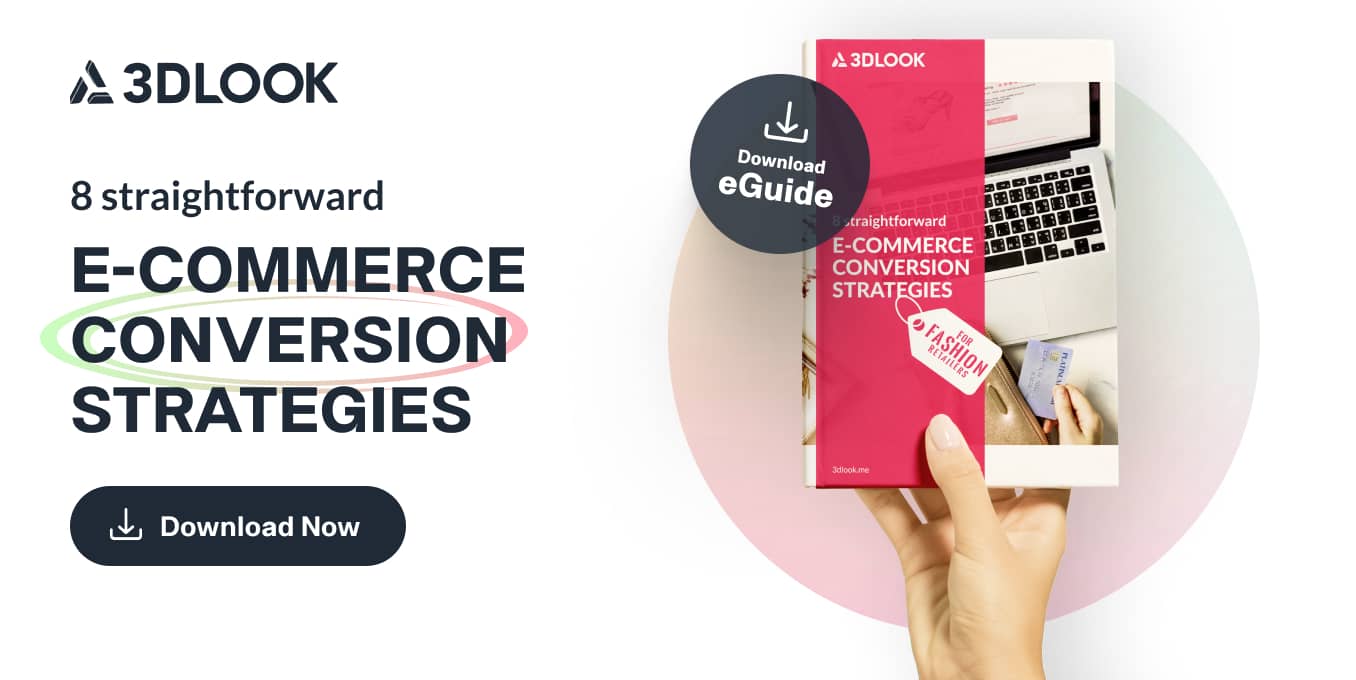
Personalization
Using virtual try-on, businesses can offer greater personalization options, which have a direct impact on sales and profits, according to Forbes Insights. With access to a virtual try-on tool, customers can visualize different personalization options through AR to create products that match their personality and style. With consumers interested in personalized products willing to pay a 20% premium according to Deloitte, virtual try-on technology also offers an opportunity for businesses to increase revenue.
Reduced Returns
Over-purchasing contributes significantly to the $800m in returns faced by the e-commerce apparel industry each year, with 19% of online shoppers admitting to purchasing multiple versions of the same item to find the right fit, according to Barclaycard Research. Using AR clothing try-on technology, customers can visualize themselves in a variety of styles and sizes before making a purchase, helping to significantly reduce costly return rates. For example, using 3DLOOK’s virtual fitting platform, YourFit, inclusive swimwear brand TA3 SWIM has been able to shrink its size-related returns by 47%.
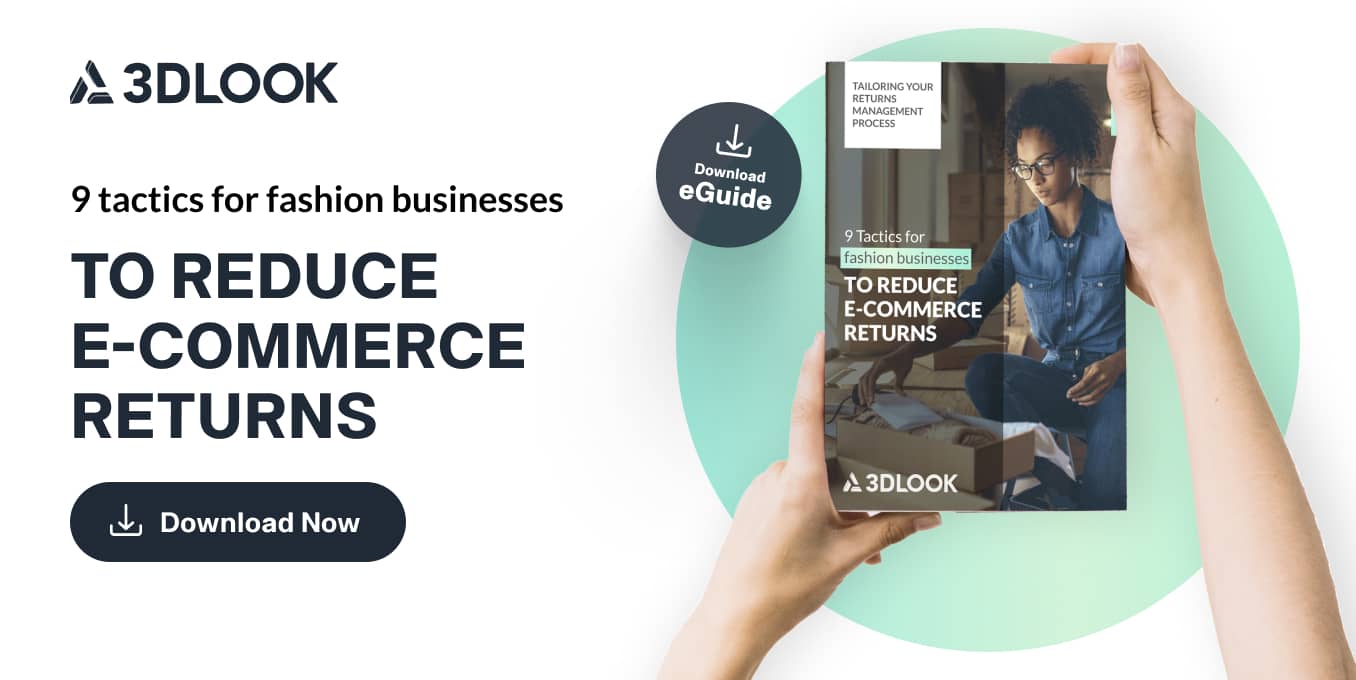
Safe & Efficient Fitting
Covid-19 raised questions about the safety of in-person fitting processes — according to a survey by First Insight, 56% of women said they felt unsafe trying on clothing in dressing rooms following the pandemic. Yet, it’s still a convenient and ideal way to shop for many customers, even in the post-Covid era. A virtual clothes fitting app enables consumers to try on clothes through their smartphone, no matter where they are. Likewise, with habits permanently altered, consumers desire totally revamped experiences that provide greater comfort, convenience, and efficiency. Size and fit solutions will benefit consumers by removing the chore of finding sizes, waiting for a changing room, and undressing.
Building Relationships
A smooth, reliable, and convenient omnichannel customer journey will help brands to form better bonds with their customers — 70% of customers are expected to show greater loyalty to brands that incorporate AR into their shopping experience according to Byondxr. With customers able to share pictures of themselves wearing virtual clothing with friends, family, and via social media, virtual try-on software can also help to spread brand awareness and attract new customers.
Leading brands pioneering virtual try-on technology
Brands are beginning to explore the potential of 3D virtual fitting technology to increase sales, reduce conversions, and streamline the customer experience. Gucci, for instance, uses augmented reality to allow customers to try on sneakers via the Gucci app or Snapchat. By pointing their smartphone device at their feet, customers can see how a shoe would look from various angles.
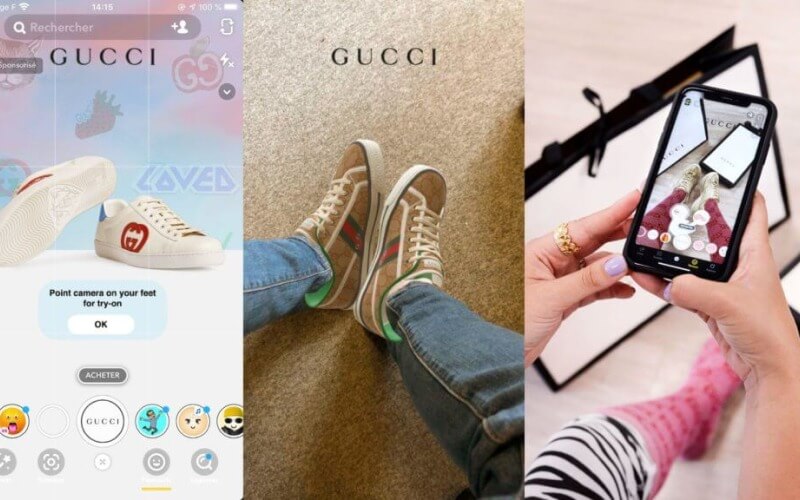
Through a similar partnership with Snapchat, U.S. retail chain Kohl’s has launched the Kohl’s Augmented Reality (AR) Virtual Closet. The unique clothing try-on experience enables customers to browse a virtual selection of jeans, t-shirts, and jackets, mix-and-match items to create trendy outfits, and try on a select range of Levi’s garments using their smartphone device. Through the Virtual Closet, customers can try on clothes virtually to get a sense of how a product will look on their body and complete the purchase without leaving the app (or their home).
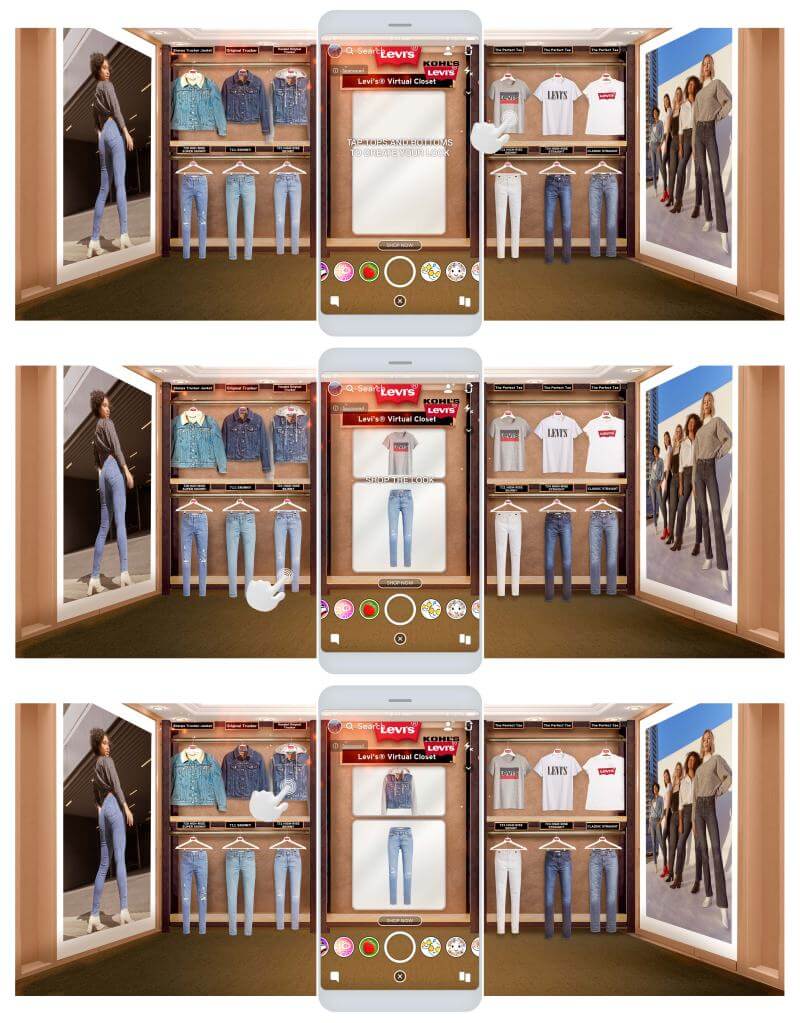
Walmart is another retailer investing heavily in the clothing try-on space, having acquired virtual clothing try-on app Zeekit in 2021 before following up its purchase with the acquisition of AR technology startup Memomi a year later. This investment has allowed the retailer to develop and launch its own clothing try on experiences, such as its ‘Be Your Own Model’ feature, which allows shoppers to display products on top of their own photos instead of existing fashion models. Additionally, Walmart expanded its try-on capabilities to include eyewear, allowing customers to try out frames and buy prescription eyewear.
With brands and retailers recognizing the benefits of virtual clothing try-on apps and tools, these unique try-on experiences are being developed and deployed throughout the fashion industry. Nike, for example, recently launched Nike Virtual View, a virtual try-on feature that enables customers to try garments on virtual models of varying shapes and sizes. With the model appearing in front of them, customers can pinch, zoom and swipe on their smartphone to gain a 360-degree view of the garment.
Likewise, luxury brand Temperley London has deployed MySizeID, a virtual clothes fitting app, to measure customers’ bodies and provide them with size recommendations through their smartphone.
Similarly, Farfetch provides virtual try-on services for luxury watches, shoes, jewelry, and makeup, with the intention to extend this technology to its line of bags and ready-to-wear apparel.
These examples offer a glimpse of what AR can provide to the fashion industry and the customers it serves. However, there is still significant potential to improve the virtual try-on software and technology and provide shoppers with even greater insight.
Virtual try-on clothes: Replicating real garments in the digital world
Many of these examples are simply 2D images placed on top of the customer’s camera output. However, most shoppers don’t want virtual try-on clothes that simply replicate the look of their physical counterparts, but also how they fit the intricacies of their bodies. To provide this, brands must invest in solutions that provide digital twins of both the garment and customer using landmark points taken from the physical product and body data. This way, customers aren’t just able to see whether a garment matches their style, but also how short it will come up, how it sits on their hips, or whether it’s too tight around the waist.
For instance, 3DLOOK’s YourFit allows shoppers to view a photorealistic simulation of how clothes will fit and look on their own bodies, giving brands the unique ability to offer a genuine dressing room experience online. As a virtual try-on clothes app, the technology automatically labels landmark points on your garments and adjusts textures to a fit model to ensure realistic results. Online shoppers simply choose an item of clothing on your website and click on the widget on a product page.
The whole idea of virtual try-on clothes is based on YourFit’s seamless API integration with online fashion retailers and ecommerce platforms. For fashion brands, it provides an easy way to manage their inventories while also providing a better shopping experience for their customers.
Customers are voice-guided through a quick and easy scanning process using a smartphone camera. From this, body data is used to map the garment to the customer’s body, with the results showing the customer exactly how the item would look on their body, as well as what size and fit would be best.
Customers’ easy access to a virtual try-on clothes app is a step towards making online shopping as confident and satisfying as shopping in a physical store.
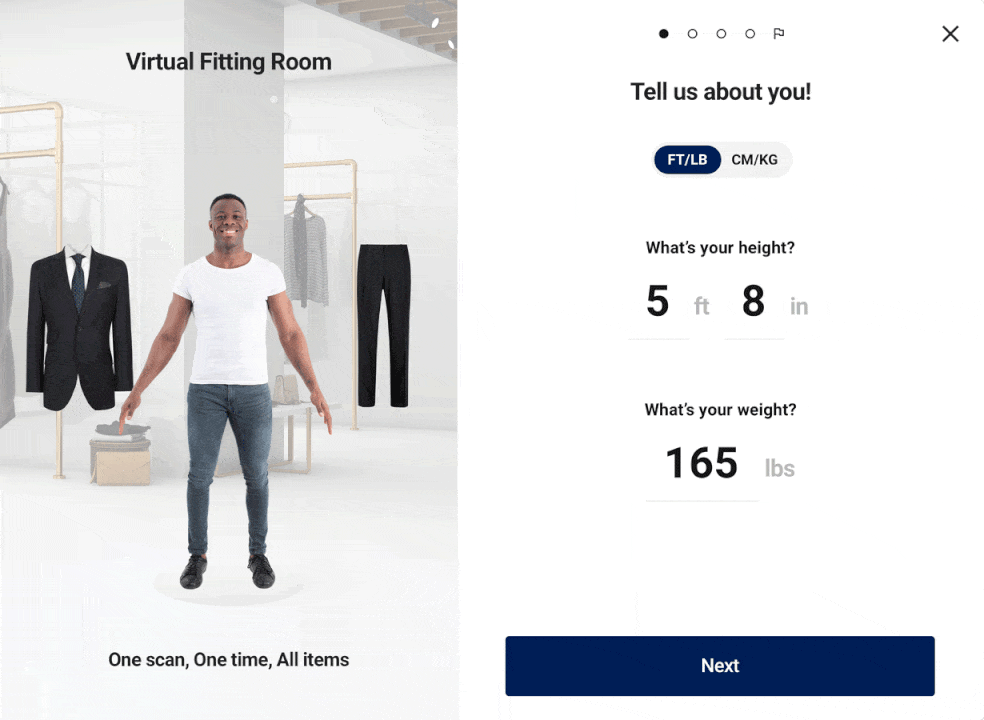
AR virtual try-on technology: A new tool for retailers seeking ecommerce conversion hacks
As consumers move online – with the online fashion market tipped to grow by 40% in the next three years – clothing try on experiences will be among the top ecommerce conversion hacks for those seeking to overcome low online conversion rates.
Providing a way for online shoppers to try on clothes virtually to see how they look and fit on their body before they purchase, 71% of consumers say they would shop more often with a brand that incorporates AR technology into the customer journey. At 3DLOOK, we’re already seeing evidence of this with brands that have implemented the YourFit virtual fitting platform achieving 31% greater engagement, 16% more conversions, 23% higher AOV.
Leading apparel companies from Louis Vuitton to Nike, and Walmart, are already exploring the potential of AR technology through an array of magic mirror, body scanning and virtual clothes fitting app solutions.
Blending the ability to see and try products in a physical store with the convenience of e-commerce, virtual try-on software offers a new, omnichannel experience that improves efficiency for customers and strengthens the bottom line for businesses.

YourFit is a simple, user-friendly, and intuitive fit personalization platform that helps shoppers find the best size clothing while also providing an engaging try-on experience.
